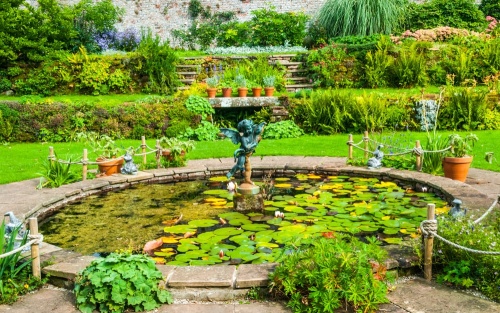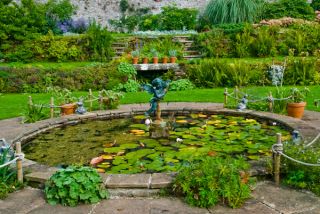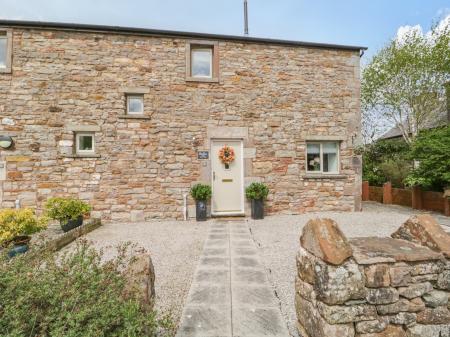
Acorn Banks is really a multi-faceted historic attraction; first, there are the gardens surrounding an attractive red brick house. Then there are walks along Crowdundle Brook to a partly restored watermill.
The first written record of a mill here comes from 1323 when the estate was owned by the Order of Knights Hospitaller. The present mill building must then be only the latest in a long line of mills on the site. The building dates to the 19th century, and has been used both as a corn mill and also to provide power for the gypsum mines elsewhere on the Acorn Bank estate. The mill fell out of use in the 1940s but has now been restored.
The walled garden dates to the 17th century and holds the largest collection of cooking and medicinal herbs at any National Trust property. There are traditional orchards bounded by colourful herbaceous borders, and walks through woodland to a wildlife hide. This is an excellent area if you enjoy birdwatching, with species like the chaffinch, nuthatch, and great spotted woodpecker seen here, along with red squirrels.
The ground floor of the house has now been opened to visitors, after serving for many years as regional offices for the Trust.

Visiting
I didn't know what to expect when I first visited Acorn Bank, but I must say I was extremely impressed. The gardens are not large, but they are full of variety, and so much colour! The house acts as a perfect backdrop for the formal gardens, and further away from the house are more informal areas interspersed with orchards.
The short walk to the mill goes through pretty woodlands, and the mill itself looks as if it has grown organically into the hillside. What was most interesting was seeing how the millers had built a system of water channels raised up on poles, to feed water into the mill wheel and then carry it away down the slope.
Historic Property: A partially restored watermill dating back to 1597 is featured in this sheltered garden surrounded by ancient oaks.
















